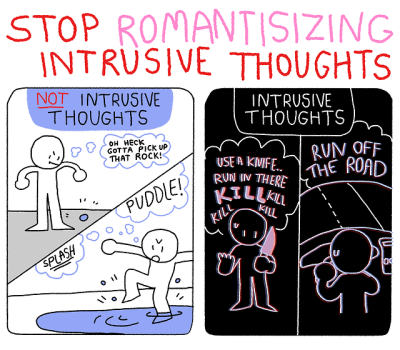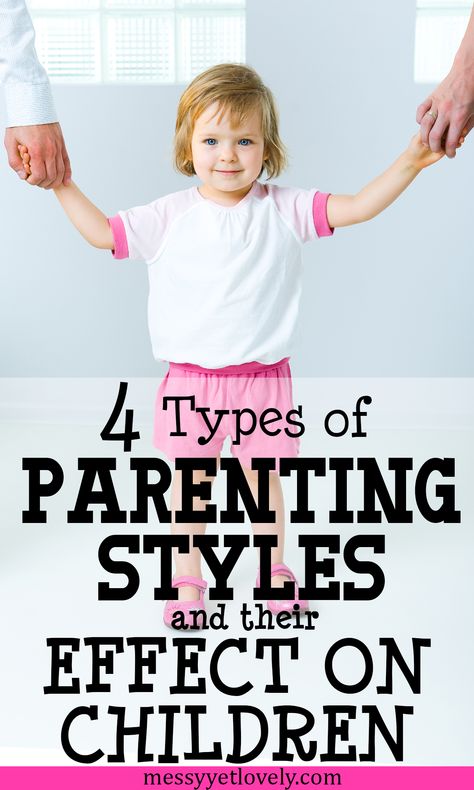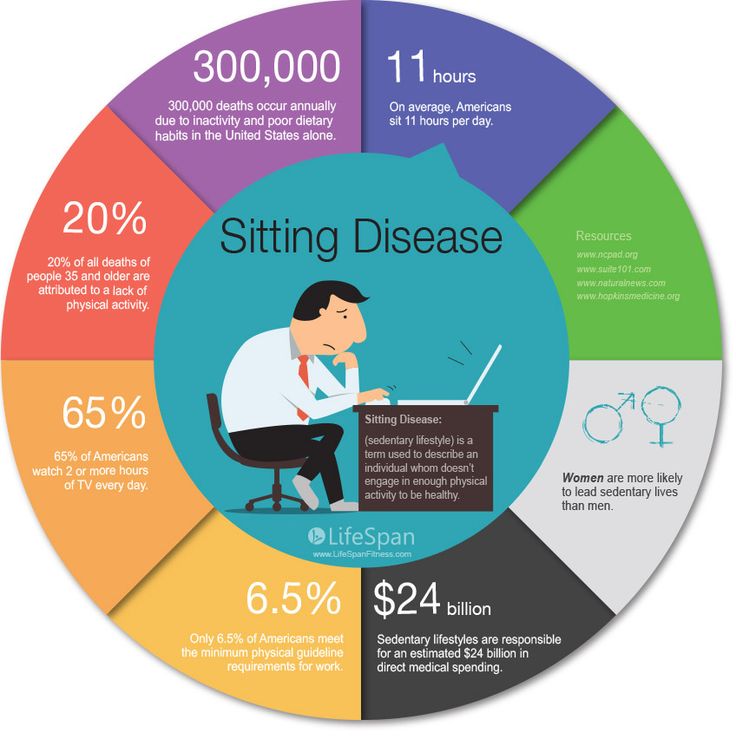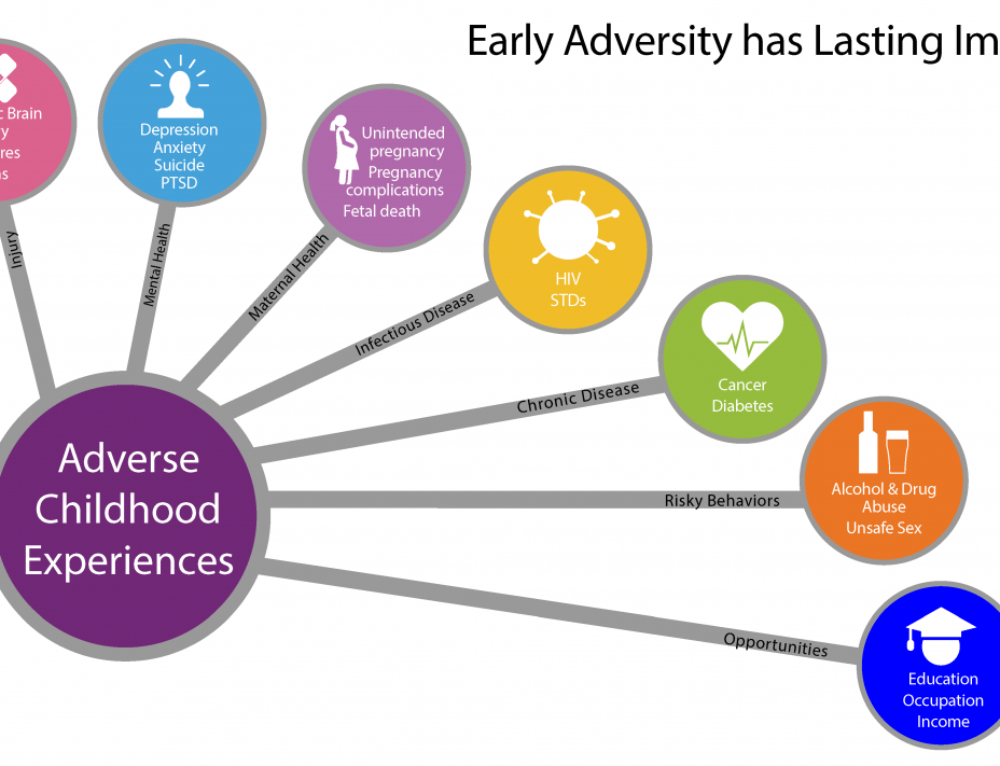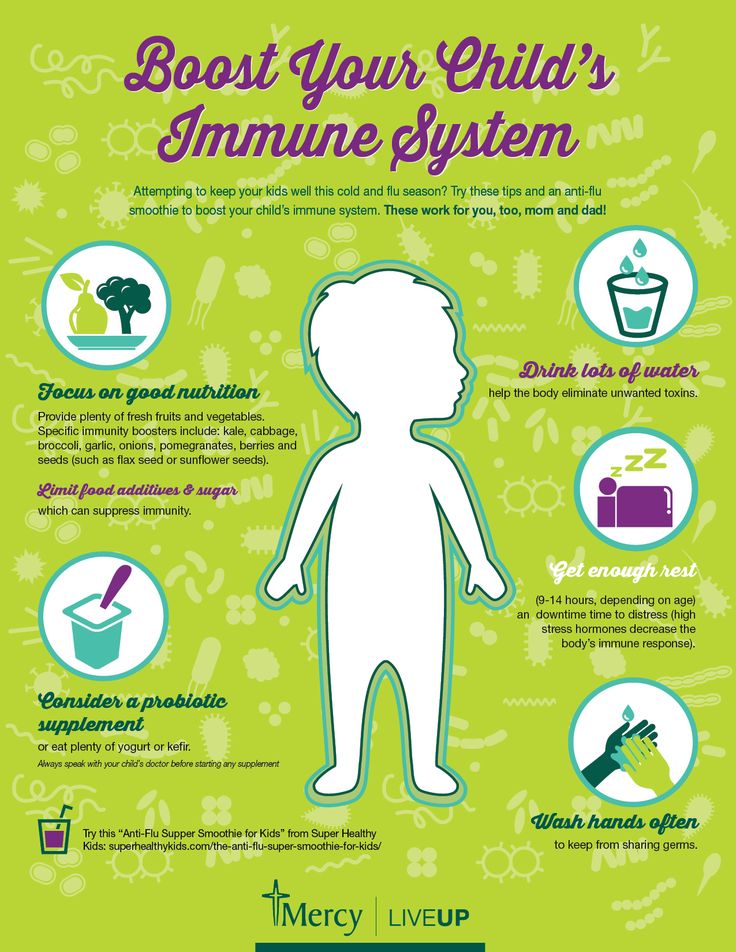How to help a child with intrusive thoughts
How to Help a Child with Intrusive Thoughts — Child Counseling in Davidson
Katie Lear
Parenting Tips, Help for Anxiety
Katie Lear
Parenting Tips, Help for Anxiety
Dark, bad, scary, negative, weird…whatever words you or your child use to describe intrusive thoughts, the effects are the same. Intrusive thoughts are like unwanted guests in our minds, barging in without being invited to spoil the party. While any child can have intrusive thoughts, they’re more common in children with anxiety, OCD, or a history of trauma. Keep reading to learn what you can do at home to help your child with the normal, common, but still very stressful phenomenon of intrusive thoughts.
Why Does My Child Have These Negative Thoughts?
If you’re curious to learn more about intrusive thought and why they happen, check out last month’s blog post. I break down what intrusive thoughts are in detail, with real-life examples. I also talk about what mental health problems might make kids more prone to experiencing them.
If you don’t have time to read the whole post, the gist is that intrusive thoughts are normal, and not always a problem. Many people—if not most people—will have intrusive thoughts at some point in their lives. They’re just one of the many weird things our brains and bodies do in an effort to keep us safe. When most of us have these seemingly random thoughts, we can shrug them off and quickly forget about them.
However, some kids are not so lucky. It can be harder for kids to distinguish between a useful thought and a useless one. This makes it more difficult to brush the thoughts aside. Instead, children may end up focusing on the thought and worrying about it. This leads to more anxiety, which increases the likelihood that these bothersome thoughts will pop up again.
An occasional intrusive thought is no problem, but kids with anxiety or OCD may get them so often that it feels debilitating.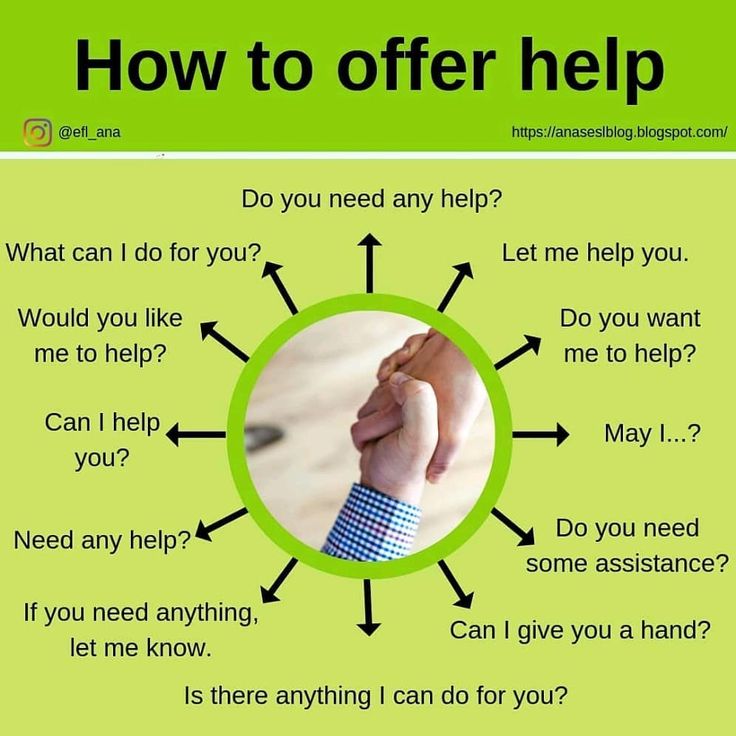 Children also sometimes experience these thoughts after a trauma as a part of PTSD.
Children also sometimes experience these thoughts after a trauma as a part of PTSD.
How Can I Help My Child With Intrusive Thoughts?
There’s a lot you can do as a parent to support a child struggling with intrusive thoughts. You hold a powerful role in your child’s life. Your child looks to you as a guide to decide how she should think and feel about things, so your responses carry a lot of weight. By responding calmly and compassionately, you can help your child self-soothe and take the power away from overly dark or negative thoughts.
We’ll go over each of these in more depth in a minute, but here are 3 ways you can help:
Normalize intrusive thoughts for your child
Teach the difference between thinking and doing
Help your child name and accept intrusive thoughts
These steps can go a long way toward helping kids handle disturbing thoughts with less worry and stress.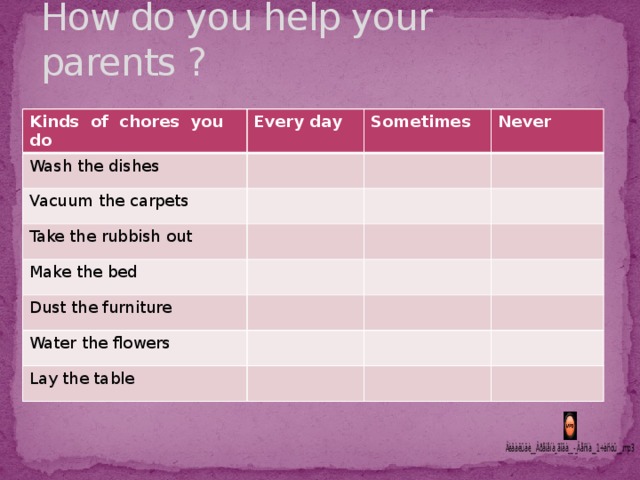 Next, let’s break down each one to see why it helps and how you can practice it at home.
Next, let’s break down each one to see why it helps and how you can practice it at home.
Let Your Child Know Her “Bad Thoughts” Are Normal (and Not So Bad)
Intrusive thoughts can be disturbing, but they’re also really, really common. So common, in fact, that one study found that 94% of people experience them. They’re just a part of being human! As common as they are, we don’t tend to bring up intrusive thoughts during polite conversation. Because nobody ever talks about them, a child may assume she’s the only one who gets intrusive thoughts. The thoughts can become a big source of shame, especially because they might be about taboo subjects.
Things always feel scarier when we don’t understand them. Teaching children about intrusive thoughts takes away some of their power. When you tell children that many people have these bad thoughts and they aren’t alone, you alleviate their shame. Reducing fear and shame not only helps your child feel better; it can also reduce her intrusive thoughts over time.
Try explaining this to your child: “Our brains are always thinking, and always looking for ways to keep us safe.” Giving us these “bad thoughts” is sort of like the brain showing us a flashing danger sign. The only problem is, the brain isn’t always right! Sometimes, the more we try to ignore these bad thoughts, the more our brain pushes the thoughts back. These thoughts can be really weird, or scary, or even be about things we’d never want to do in real life. As weird as they seem, most people have them sometimes and they are totally normal.
Explain That Thinking Isn’t The Same as Doing
Have you ever knocked on wood to keep something bad from happening? Or worn your “lucky shirt” on game day to help your team win? If so, you’ve experienced magical thinking. Magical thinking is the belief that our private thoughts and behaviors influence what happens in the outside world.
Magical thinking is really common in children, especially younger kids.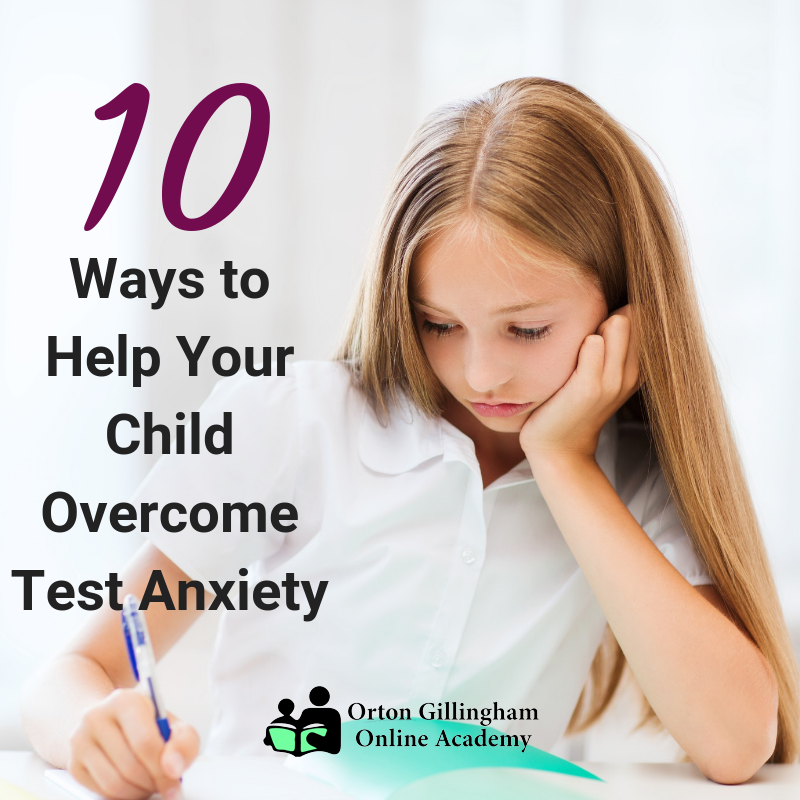 It’s usually most noticeable from the toddler years through about age 7. If you think back to your own childhood, you’ll probably discover magical thinking everywhere: cootie shots, lucky charms, and “step on a crack, break your mama’s back” are all examples of magical thinking that are fun for kids.
It’s usually most noticeable from the toddler years through about age 7. If you think back to your own childhood, you’ll probably discover magical thinking everywhere: cootie shots, lucky charms, and “step on a crack, break your mama’s back” are all examples of magical thinking that are fun for kids.
However, there can be a dark side to magical thinking, too. Children often believe that their thoughts can cause things to happen in the world around them. If a child worries their thoughts are responsible for something bad happening, this can cause terrible fear and guilt. It’s easy to imagine how a child who gets intrusive thoughts about violence or crime could begin to worry about accidentally hurting others.
Help your child understand that having bad thoughts does not make you a bad person. It’s our actions and choices—not our thoughts and feelings—that hep us to be “good people.” Next, reassure your child that thinking angry or scary thoughts about a person can’t hurt them or cause something bad to happen. Even if they feel bad to us, thoughts are not that powerful.
Even if they feel bad to us, thoughts are not that powerful.
Shine Some Light on Dark Thoughts By Naming and Accepting Them
When I think about kids struggling with dark intrusive thoughts, a quote from famous psychiatrist Dan Siegel comes to mind: “Name it to tame it.” Dr. Siegel came up with this phrase, and it’s since been adopted by many therapists to describe a simple process that makes strong feelings more bearable.
“Name it to tame it” is exactly what it sounds like. Often, the simple act of labeling our thoughts and feelings as we have them can make them feel better. This is because naming something requires us to take a step back and go into observing mode, rather than being totally absorbed and overwhelmed by our feelings.
Naming intrusive thoughts as they happen can be a helpful reminder that we are not our thoughts. Thoughts come and go, but it’s up to us to decide how much attention they deserve. Calling out intrusive thoughts for what they are is also a helpful reminder that they are common and harmless: after all, they’ve happened to enough people that we’ve given them a name!
You can help your child practice saying one of these phrases (or something similar) the next time an intrusive thought strikes:
“My brain is giving me one of those garbage thoughts again.
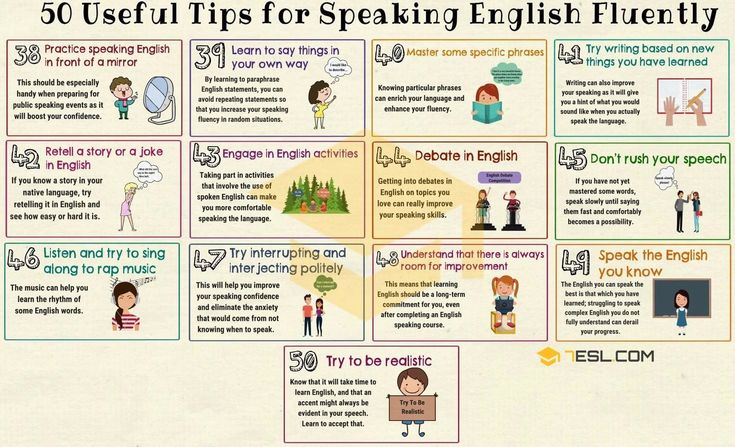 ”
”“I’m having an intrusive thought right now.”
“This seems like one of those thoughts I don’t need to listen to.”
Once the thought has been named, don’t dwell! We can just let the thought pass by. The more a child resists having intrusive thoughts, the more likely they are to pop up again. It may sound counterintuitive, but accepting intrusive thoughts can actually reduce how often they happen. By naming the dark thought and moving on, your child is teaching herself that they’re nothing to be afraid of.
Need More Help? Begin Child Therapy for Intrusive Thoughts in North Carolina
Sometimes, a child’s intrusive thoughts grow to be so big and overwhelming that at-home strategies aren’t enough to tame them. Maybe your child’s thoughts are part of a larger problem with anxiety or OCD. Sometimes, intrusive thoughts show up after a child experiences something traumatic or highly stressful.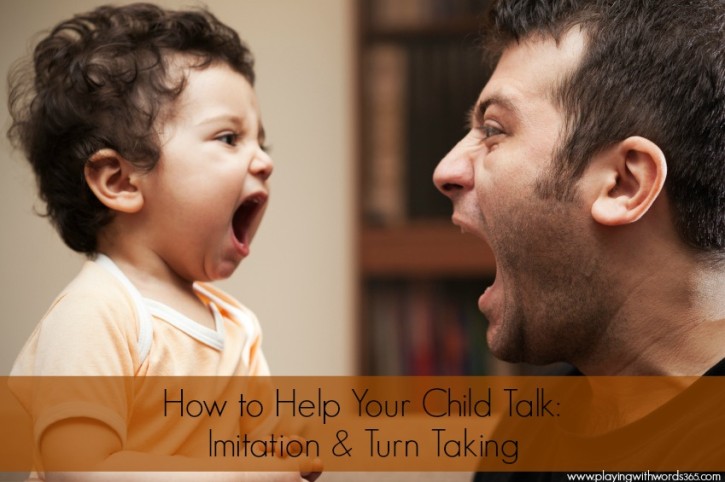 If your child’s intrusive thoughts are very frequent or very overwhelming, therapy can help sort things out.
If your child’s intrusive thoughts are very frequent or very overwhelming, therapy can help sort things out.
Cognitive-behavioral therapy teaches children that they have more power than they might think over their thoughts and actions. They can learn to spot intrusive thoughts when they happen, and dismiss them rather than worrying about what they mean. Play therapy can also help younger kids work through anxiety and other feelings that are sometimes difficult to put into words. If your child survived a trauma, TF-CBT is a special, kid-friendly form of therapy designed to help children work through their symptoms in a safe way.
I’m a play and CBT therapist who specializes in helping kids with anxiety and trauma. I can work with families in three states: North Carolina, New York, and Florida. Children who live near my Davidson, NC child therapy office are welcome to stop by in person. If that’s not possible, no worries! I really enjoy online therapy and have found it to be just as helpful for many kids.
Ready to learn more? Drop me a line here. I’m always happy to hear from you.
Tagged: OCD Treatment, OCD in Children, child anxiety counseling davidson nc
Intrusive Thoughts in Children, Explained — Child Counseling in Davidson
Every kid worries from time to time. It’s normal (and even healthy!) to wonder about fitting in before the first day of school, or to imagine the worst-case scenario before taking a big test. Usually, these worries are easy for kids to talk about, because they know other kids have felt the same way. They also tend to be time-limited: once the test or first day of school is over, the worries are over, too.
For some kids, worries aren’t so easy to talk about. A troubling thought or mental image might pop up out of nowhere, when a child isn’t expecting it. Their worries may be repetitive and feel very difficult to control. Often, these thoughts are really scary and upsetting. They can be dark, violent, or about a taboo subject.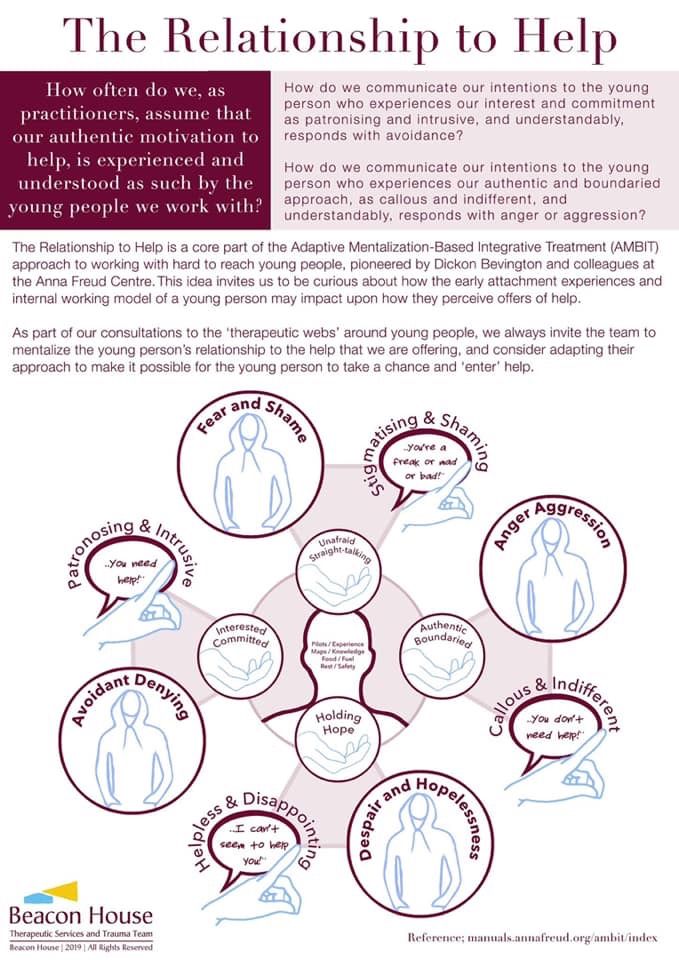 These kinds of worries are called intrusive thoughts.
These kinds of worries are called intrusive thoughts.
Kids don’t want to be thinking these things, and know they would never act on the thoughts they’re having. So why do they keep happening? In this post, we’ll be talking about what exactly intrusive thoughts are, why they happen, and when to seek help.
What Are Intrusive Thoughts?
Take a second and imagine an intruder. What do you think of? Someone who busts down the door, unannounced, without being invited. What a scary scenario! It’s safe to assume that most of us would be pretty freaked out to discover an intruder in our home. We’d probably dread having it happen again, and try everything we could to make sure our house was secure in the future.
Intrusive thoughts are the brain equivalent of an unwanted guest. They show up to ruin the party. Intrusive thoughts tend to:
Pop up out of the blue
Come back repeatedly
Feel unlike the thoughts a child usually has
Be upsetting to the child
Intrusive thoughts are ego dystonic. This is therapy jargon that means a person doesn’t agree with the thoughts, and it may not even feel like the thoughts really belong to them. Intrusive thoughts include imagery that is violent, sexual, or feels “wrong” to a child. Other times, worries about worst-case scenarios might come up again and again. They aren’t things that kids would choose to think about, and they’re often the opposite of what a child would do or hope for.
This is therapy jargon that means a person doesn’t agree with the thoughts, and it may not even feel like the thoughts really belong to them. Intrusive thoughts include imagery that is violent, sexual, or feels “wrong” to a child. Other times, worries about worst-case scenarios might come up again and again. They aren’t things that kids would choose to think about, and they’re often the opposite of what a child would do or hope for.
Kids with intrusive thoughts may feel distressed, anxious, or ashamed. They may not understand why the thoughts are happening, but can guess that not everyone is bothered by their thinking in this way. Because the thoughts feel out of control, children may dread having more and try to avoid them.
At What Age Do Kids Get Intrusive Thoughts?
There is no set age at which intrusive thoughts start. However, they may be more common or noticeable in tweens and teens. Intrusive thoughts are sometimes a symptom of OCD, which can show up as early as age 7 or 8 and as late as the teens or early twenties.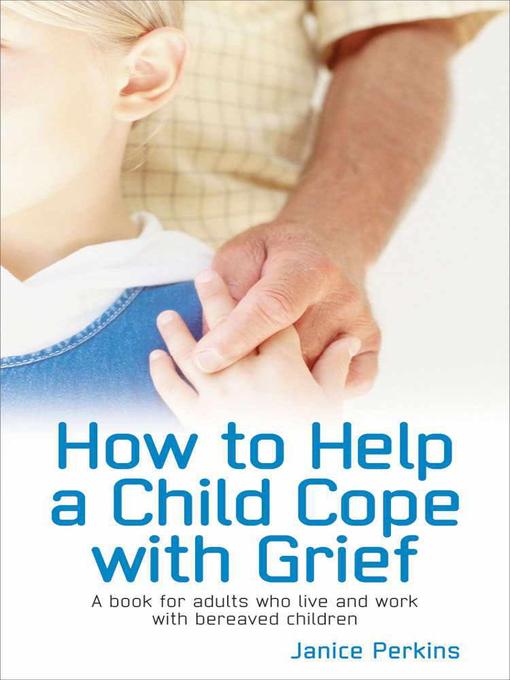
In my child therapy office, it’s usually middle or high school kids who are able to put the weird experience of having unwanted thoughts into words. They are old enough to think about their own thinking and notice their thoughts as they pass by, so they know that something doesn’t feel right.
Although they may not talk about it as much, younger kids can be bothered by these thoughts, too. Because they don’t have the vocabulary to talk about what’s going on, you might see changes in their actions, instead. For example, they may ask for reassurance about the same subject again and again.
Why Do Children Have Intrusive Thoughts?
Now that we have spent the past several paragraphs talking about how difficult and upsetting intrusive thoughts can be, you’re probably wondering why kids get them in the first place. The answer may surprise you! Many people experience intrusive thoughts, and it doesn’t necessarily mean something is wrong. They may happen when a person is going through a lot of stress, or they may just happen randomly.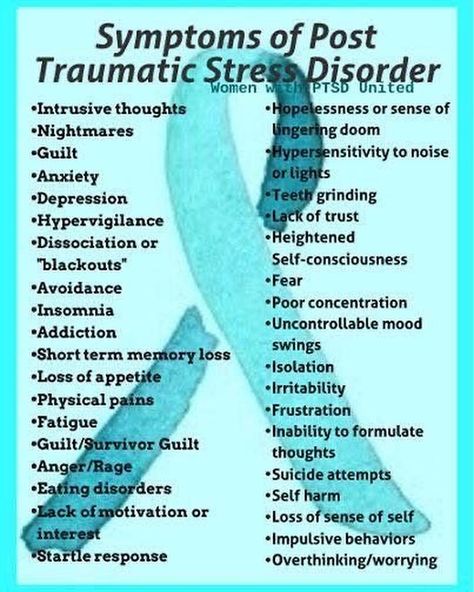
Having an intrusive thought every once in a while isn’t a sign of mental illness. They can be totally normal, like the brain version of a hiccup. A child with occasional intrusive thoughts can usually brush them off without taking them too seriously.
What Mental Health Problems Cause Intrusive Thoughts?
Children who are struggling with repeated, ongoing intrusive thoughts can’t brush them off so easily. In these cases, a child may be dealing with a mental health problem that needs attention. OCD and PTSD are two common mental health conditions that can cause children to have intrusive thoughts.
Kids with OCD deal with repeated thoughts, worries, or mental pictures that upset or scare them. Kids are bothered by these worries, and feel pushed to do something to make the worry go away or prevent something bad from happening. This creates a cycle of repeated worries and repeated behaviors, called obsessions and compulsions, that take up a lot of time and add even more stress.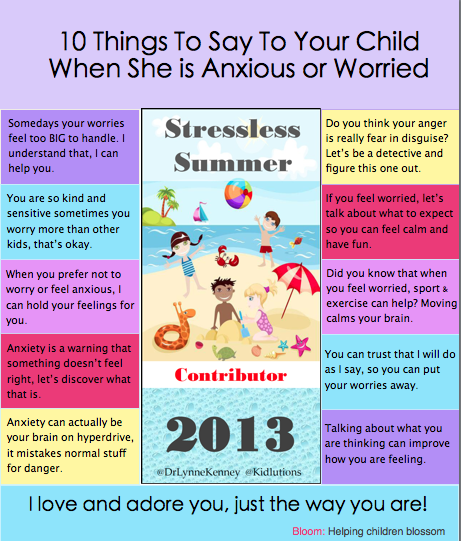
Children who have survived extremely frightening or dangerous events may have lingering problems after the fact. While some kids will bounce back, others may be diagnosed with PTSD. Kids with PTSD will re-experience parts of their trauma in some way, often through intrusive thoughts or flashbacks. Flashbacks are vivid memories that pop up suddenly and intensely, almost as if a child is living through the event again.
What Are Some Examples of Intrusive Thoughts in Children?
Most of the intrusive thoughts children have fall into one of three broad categories: worries, flashbacks, and “inappropriate” thoughts. If you think your child may be having intrusive thoughts, keep reading to take a closer look at each category. I’ll share some examples of each intrusive thought type. It can be helpful for both kids and parents to discover that they’re not alone, and many kids (and adults) deal with these kinds of thoughts.
Worries: Children with anxiety or OCD may have repeated, unwanted worries that they cant seem to shake.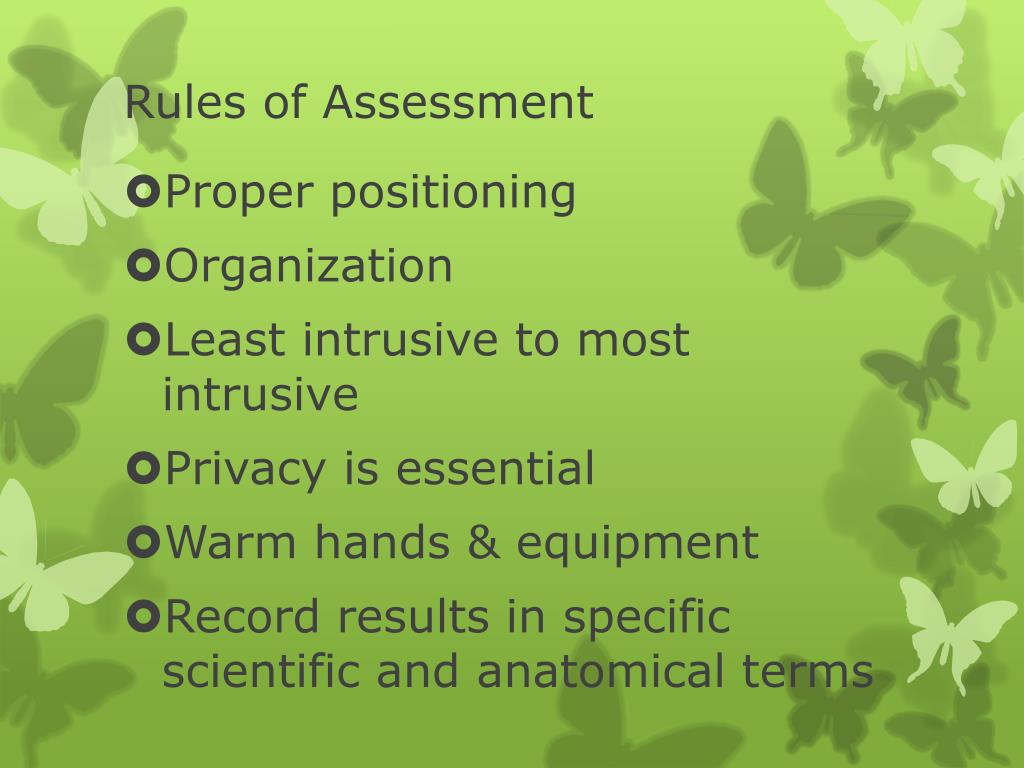 These are often “what if” worries that focus on something bad that could happen in the future. Other times, these “what if” thoughts could be about something naughty a child worries they could have done. Some children with OCD may also get a nagging sense that if they don’t do something exactly right, they could cause something bad to happen. These thoughts may not always be logical, which can make them even more confusing and bothersome for kids. Here are some examples:
These are often “what if” worries that focus on something bad that could happen in the future. Other times, these “what if” thoughts could be about something naughty a child worries they could have done. Some children with OCD may also get a nagging sense that if they don’t do something exactly right, they could cause something bad to happen. These thoughts may not always be logical, which can make them even more confusing and bothersome for kids. Here are some examples:
“What if I throw up in public?”
“What if I accidentally lied to the teacher?”
“I have to step on all the sidewalk cracks or I won’t be safe.”
Flashbacks: These are most common in kids with PTSD. Flashbacks may feel like they come out of nowhere, or they can be triggered by something that reminds a child of their trauma in some way. They can include any of the 5 senses, and often activate a child’s fight-or-flight system as if the dangerous event was happening again.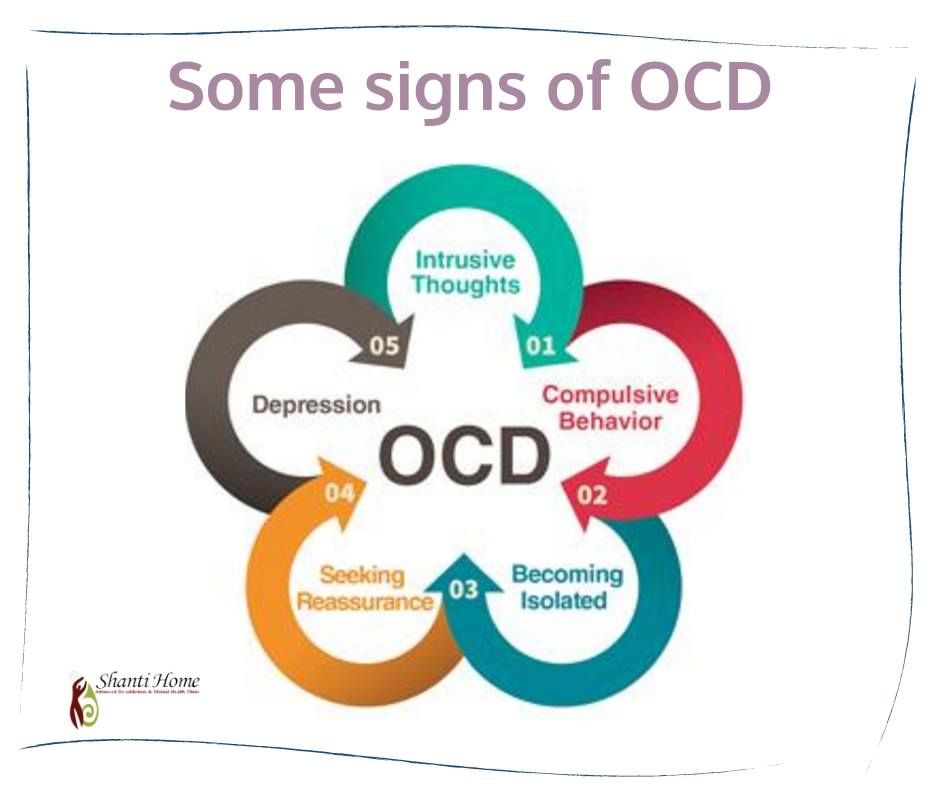 Examples of flashbacks include:
Examples of flashbacks include:
Feeling as though you’re back in the place where a trauma happened
Having an image of the trauma pop into mind
Hearing or smelling something you associate with the trauma
“Inappropriate” Thoughts: I put inappropriate thoughts in quotes here because there’s a big difference between thinking something and acting on it. We all have weird thoughts from time to time about things we probably wouldn’t be proud to share. Sometimes, intrusive thoughts are about the exact subjects we try to push away or not think about in our day-to-day lives: things like sex, violence, and criminal behavior. These kinds of thoughts can cause a lot of shame, guilt, and distress for children, who worry these thoughts mean they are bad or naughty. They may have thoughts like:
Imagining hurting someone else
Picturing themselves stealing something
Noticing other people’s bodies or imagining them naked
Are Intrusive Thoughts Normal?
The short answer: yes.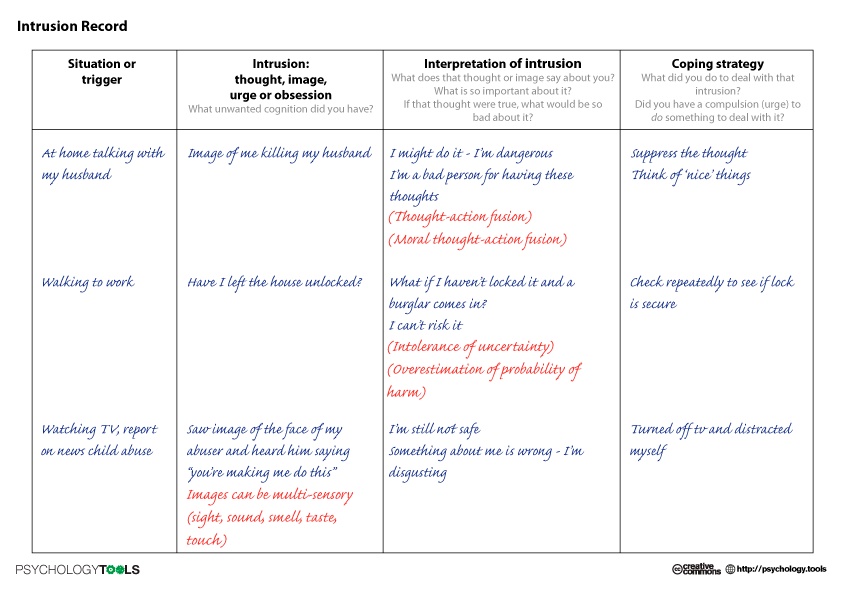 Intrusive thoughts can be weird, annoying, or disturbing, but they are totally normal. In fact, most of us will probably have intrusive thoughts at some point in our lives. One recent study found that 94% of people have them, which is a surprisingly huge number.
Intrusive thoughts can be weird, annoying, or disturbing, but they are totally normal. In fact, most of us will probably have intrusive thoughts at some point in our lives. One recent study found that 94% of people have them, which is a surprisingly huge number.
That number is particularly surprising when you consider that most kids with intrusive thoughts feel like the odd one out. They may worry they’re the only ones who have ever had thoughts like this, and that it means they’re bad or weird. Most adults with intrusive thoughts don’t talk about them with other people, either because they quickly disregard them or because it would feel odd to mention in casual conversation. No wonder kids feel so alone.
So, intrusive thoughts are normal—but we know that they can still cause problems for kids. Those issues aren’t caused by the thoughts themselves. Problems arise when the thoughts are very frequent or intense, or when kids have a hard time dismissing them.
Children with OCD have a tougher time disregarding stray thoughts that the rest of us would shrug off. They may take these thoughts more seriously or begin to fixate on them, which causes the thought to pop up more often. Trauma-related thoughts and flashbacks may be so upsetting that they quickly overwhelm a child.
They may take these thoughts more seriously or begin to fixate on them, which causes the thought to pop up more often. Trauma-related thoughts and flashbacks may be so upsetting that they quickly overwhelm a child.
Help for Kids with Intrusive Thoughts in Charlotte, NC
If your child is complaining of an occasional intrusive thought, a little reassurance and education may be all she needs to feel better. It’s helpful for kids to hear that their thoughts are normal, and can’t hurt them or others. Armed with that knowledge, it may be easier for kids to let intrusive thoughts pass by without taking them too seriously. This reduces anxiety which, over time, can also reduce how often the thoughts happen.
On the other hand, you may be on this page because your child’s thoughts are causing larger problems. Maybe you recognized your child in the descriptions of OCD or trauma. If these thoughts have been happening for a long time, are disrupting your daily life, or are combined with other symptoms, therapy can help.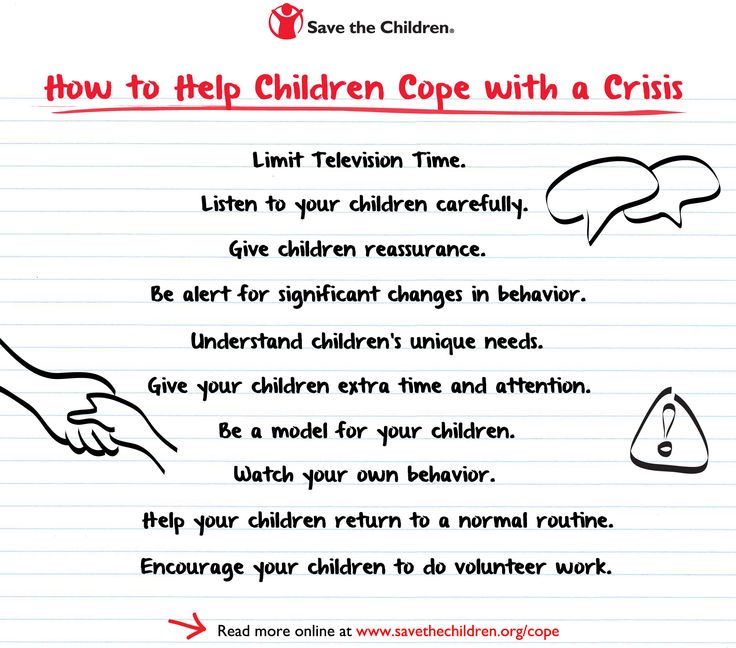
Cognitive behavioral therapy helps anxious kids learn how to catch themselves when their thoughts aren’t doing them any favors. Being able to put a name to your worries helps you to gently shift your mindset. In CBT kids learn that they have control over their thinking, and what thoughts they choose to listen to. A specialized form of CBT called Exposure and Response Prevention helps kids with OCD break the cycle of obsessive thinking and repetitive behavior.
Play therapy helps younger children work through their complicated feelings after trauma. Kids naturally make sense of the world around them through play, and this gentle, child-led approach lets kids handle scary topics in the way that feels safest to them. For kids who are ready to tell their story more directly, TF-CBT gives children a step-by-step path toward managing strong feelings, talking about their experiences, and coping with reminders of trauma.
If you are looking for therapy in North Carolina, New York, or Florida, I’d love to help.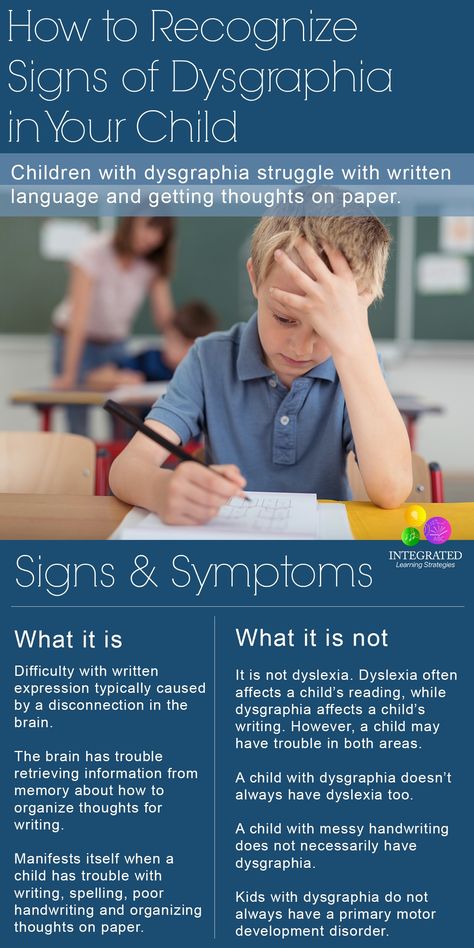 We can meet online or in-person in my counseling and play therapy offices just North of Charlotte, North Carolina. If you’ve got questions or would like to schedule an appointment, contact me here.
We can meet online or in-person in my counseling and play therapy offices just North of Charlotte, North Carolina. If you’ve got questions or would like to schedule an appointment, contact me here.
Treatment of childhood obsessive-compulsive disorder OCD in Israel
Obsessive-compulsive disorder (OCD) is also known as obsessive-compulsive disorder. This disorder affects 1% to 4% of children. About half of cases begin in childhood and continue into adulthood.
Anxiety is observed in children suffering from OCD, which manifests itself in a pronounced need to organize the world around them in a special way. They ask to retell what they have already been told many times, or to play the same game many times. nine0003
[SLIDER=1661]
R&D includes 2 components:
-
Obsessions or obsessions. The child constantly pronounces the same thought, returns to the same memories - both in the form of visual images and in the form of inner speech.
 The child may be constantly disturbed by the obsessive thought of pollution. He constantly wants to wash, avoid dirty places. He may require strict order in the house, symmetry in the arrangement of objects. If something is disturbed in his habits, this causes increased anxiety. The child may also be concerned about their own health and the health of their loved ones. nine0003
The child may be constantly disturbed by the obsessive thought of pollution. He constantly wants to wash, avoid dirty places. He may require strict order in the house, symmetry in the arrangement of objects. If something is disturbed in his habits, this causes increased anxiety. The child may also be concerned about their own health and the health of their loved ones. nine0003 -
Compulsive actions or obsessive behavior is the second component of the syndrome. We are talking about repetitive behavioral rituals, which must be observed strictly in a strict order, otherwise, according to the patient, something bad may happen. Such rituals include constantly washing hands, touching certain things in a certain order with the hands, and much more. It should be noted that children, unlike adult patients, try to tell their parents about their rituals, which increases the chances of recovery. Unfortunately, parents do not always listen to children's experiences, and this contributes to the further development of the disorder.
 nine0003
nine0003
When diagnosing obsessive-compulsive disorder, the Matspen Center conducts a comprehensive study of the patient's mental state to identify or exclude another concomitant disease. A complete physical examination of the patient is also carried out in order to determine contraindications to certain medications, as well as to establish possible physical prerequisites for the development of OCD.
The main cause of OCD in a child may be structural or functional changes in the functioning of the anterior lobe of the brain - the ventral-medial pre-frontal cortex. This part of the brain is responsible for repetitive actions, rituals in human behavior. The pathology associated with the development of addictions to repetitive actions is also localized there. This area is associated with areas responsible for emotions, anxiety, thoughts and desires. In this way, a brain functional network is created that supports OCD. This cause can be revealed during fMRI (functional magnetic resonance imaging).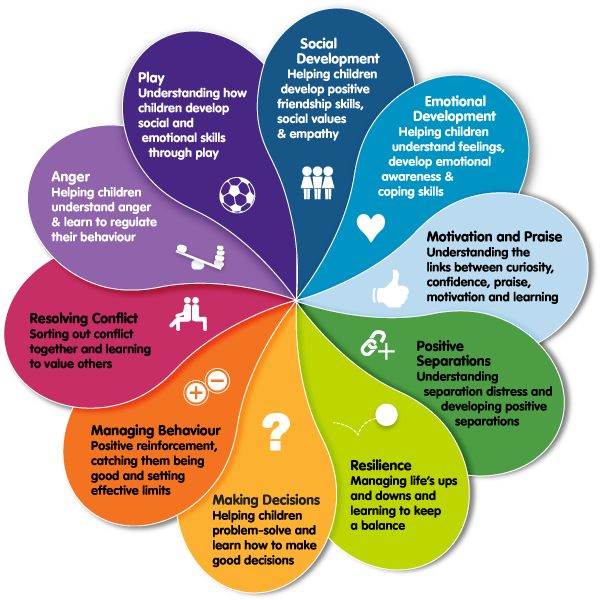 nine0003
nine0003
7 ways to deal with bad thoughts
Unpleasant thoughts are sometimes worse than the events that caused them - it is extremely difficult to get rid of them. Some people spend several hours a day on them! What can be opposed to bad thoughts?
It turns out that there are a number of methods that will help block the appearance of bad thoughts or cope with them if they have already come. Most of these methods are offered by the American psychologist Danielle Wegner, who has devoted decades of her life to the problem. nine0003
1. SWITCH
Don't try not to think of a white monkey - think of a black one. Or better yet, a purple flamingo. Try to switch your mind to some other subject that you also like to think about very much, but which at the same time has positive connotations. Get yourself a few “continued” thoughts that raise more and more questions and the need for answers to them - which means they are drawn into a completely different stream of thoughts. Is it true that Brad Pitt has silicone muscles? I read about it somewhere. But if so, how does he use them? After all, silicone is not able to contract like real muscles - or is there some way to make it do this? And there is also a conspiracy theory according to which our Earth is really flat, and only a cabal of evil scientists has been convincing us for several centuries that it is spherical. Wait, what about satellite images and records from space? And they are falsified by the same scientists. But what about the poles? There is only one pole - the North one, it is in the center of the Earth, which is flat as a disk, and along the edges of the disk there are glaciers that scientists pass off as Antarctica. And so on - soon the seething stream of this nonsense will take you in a completely new direction. nine0003
Is it true that Brad Pitt has silicone muscles? I read about it somewhere. But if so, how does he use them? After all, silicone is not able to contract like real muscles - or is there some way to make it do this? And there is also a conspiracy theory according to which our Earth is really flat, and only a cabal of evil scientists has been convincing us for several centuries that it is spherical. Wait, what about satellite images and records from space? And they are falsified by the same scientists. But what about the poles? There is only one pole - the North one, it is in the center of the Earth, which is flat as a disk, and along the edges of the disk there are glaciers that scientists pass off as Antarctica. And so on - soon the seething stream of this nonsense will take you in a completely new direction. nine0003
2. AVOID STRESS
Some people find that a strong impression will help them cope with intrusive thoughts, such as a scandal with their neighbors or running naked through a winter city at night.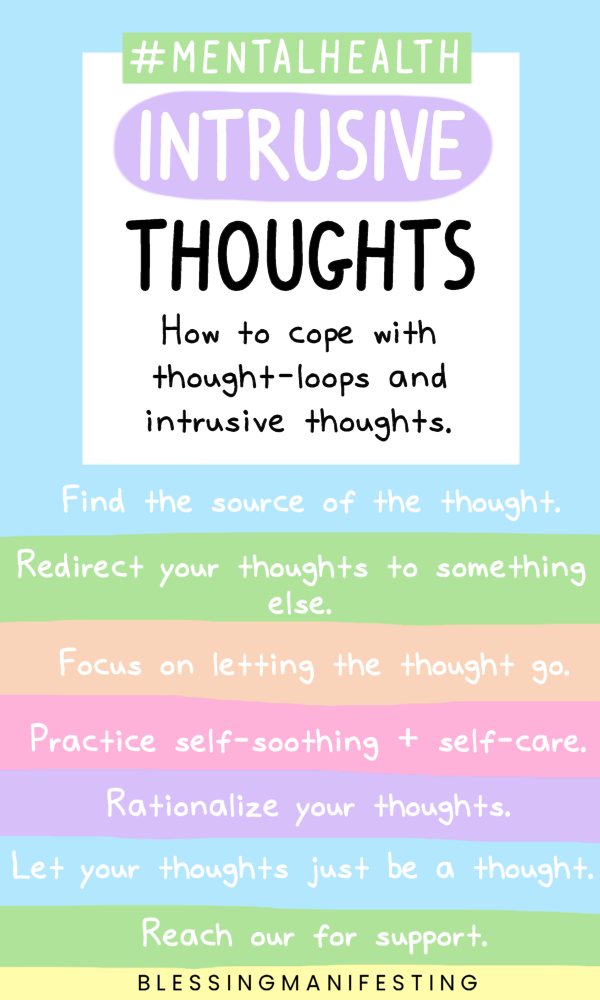 However, studies show that the more you shake up your emotions, the weaker it is before the “alien invasion” of uninvited thoughts. On the contrary, try to calm down and rest - the more strength you have and the better your brain is, the more chances you have to repel an attack. nine0003
However, studies show that the more you shake up your emotions, the weaker it is before the “alien invasion” of uninvited thoughts. On the contrary, try to calm down and rest - the more strength you have and the better your brain is, the more chances you have to repel an attack. nine0003
3. STOP BAD THOUGHTS
Deal with the obsessive thought - you will definitely pay attention to it, but only later. Include in your daily schedule "half an hour for painful thoughts" - but not before bedtime, but, for example, at the height of the working day. Thinking about what is bothering you during your lunch break will quickly take your mind off your problems and plunge back into work. Sooner or later, the subconscious mind will get used to the fact that obsessive thoughts have their own time with strictly defined limits, and will stop pestering you at other times. Now you can think about how to exterminate annoying thoughts at this time. nine0003
4. FOCUS ON THE OBSESSION
Once upon a time, a patient came to the great physician Abu Ali ibn Sina, who complained that his eyelid was twitching. Ibn Sina prescribed him an extremely dubious remedy: every hour to begin to blink on purpose with an obstinate eyelid. The patient chuckled, but promised to strictly follow the prescribed. A few days later he came to thank the doctor. Like the remedy prescribed by Ibn Sina, this method works on the principle of "on the contrary": when an obsessive thought comes to you, try to force yourself to think it over from all sides, turn it this way and that, make yourself afraid that it will slip away from you - and you will soon feel that her grip is weakening and she herself would be glad to escape from you. nine0003
Ibn Sina prescribed him an extremely dubious remedy: every hour to begin to blink on purpose with an obstinate eyelid. The patient chuckled, but promised to strictly follow the prescribed. A few days later he came to thank the doctor. Like the remedy prescribed by Ibn Sina, this method works on the principle of "on the contrary": when an obsessive thought comes to you, try to force yourself to think it over from all sides, turn it this way and that, make yourself afraid that it will slip away from you - and you will soon feel that her grip is weakening and she herself would be glad to escape from you. nine0003
5. RECOGNIZE THE INEVITABILITY OF A BAD THOUGHT
Another way, somewhat similar to the previous one, is to replace the fear of the appearance of an unkillable thought with complete indifference to it. Learn to think of it as something external: for example, if it is the thought that a loved one left you, get used to the idea that this thought has nothing to do with him (or her), but exists on its own: here now I will go to bed, and my number one Thought will come to me again.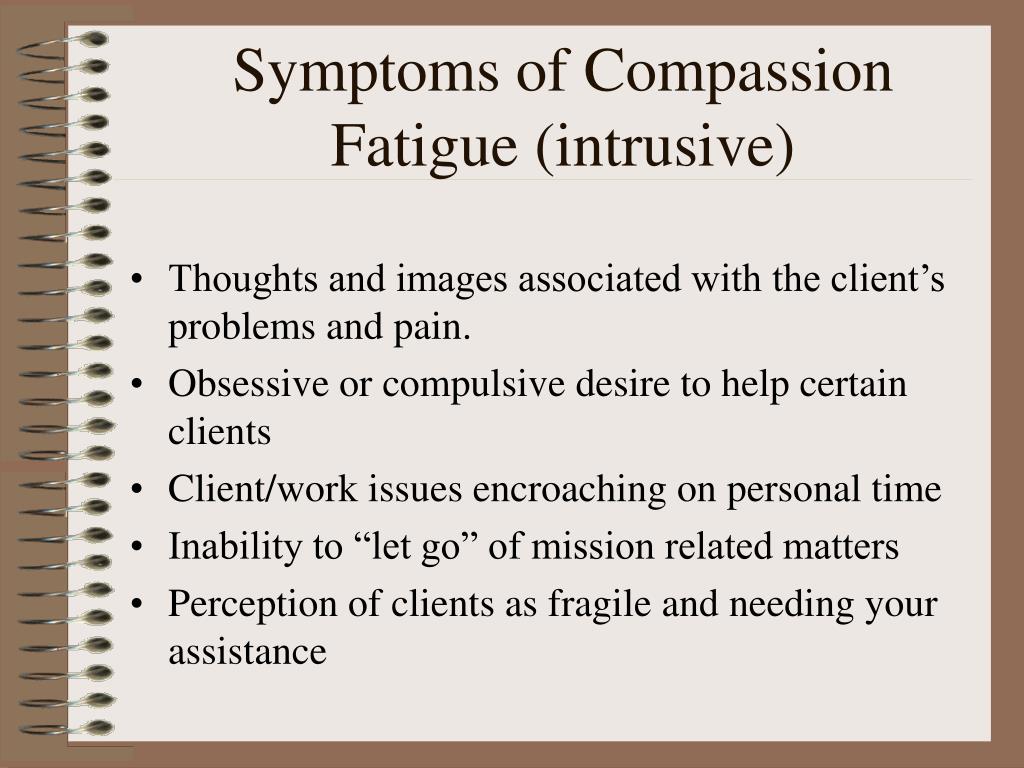 Accustom yourself to the fact that this thought does not develop and does not tell you anything new - it just comes and goes, as twelve o'clock at night or winter come and go. And very soon you will feel that she is really leaving *. nine0003
Accustom yourself to the fact that this thought does not develop and does not tell you anything new - it just comes and goes, as twelve o'clock at night or winter come and go. And very soon you will feel that she is really leaving *. nine0003
6. MEDITATE
Meditation is a great way to organize your mind, bringing your thoughts under control. Practice it daily, trying to achieve a state of complete thoughtlessness. It is not easy, but if you learn how to do it, you will be able to induce this state at will, including it at the time of the day when you are most prone to bad thoughts, or in the situation when you become most defenseless against them. If a bad thought is not positively reinforced in the form of your willingness to devote your brain resources to it, it begins to wane—and soon fades away. nine0003
7. THINK ABOUT YOUR GOALS
How is a bad thought different from gas? Gas, as we know from a physics textbook, occupies the entire volume provided, and a bad thought is not yet provided .